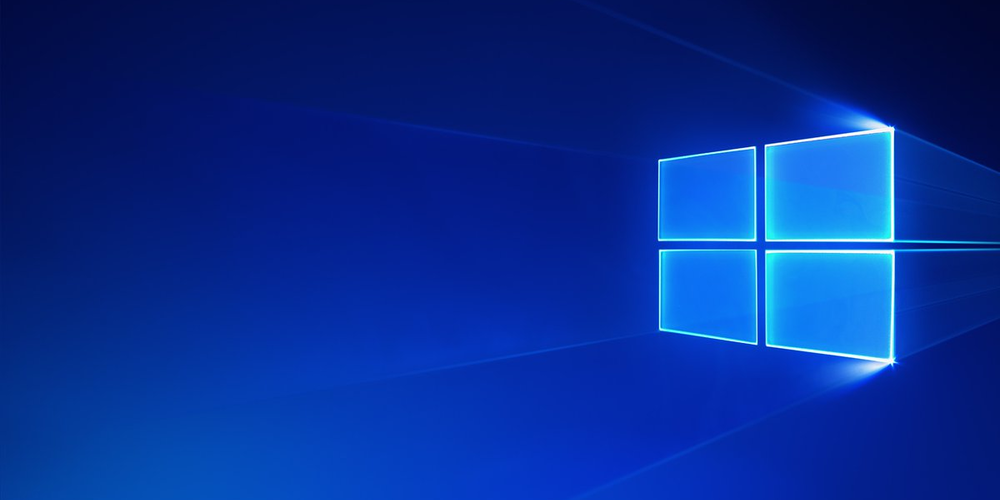Navigating the Future: The Cost of Clinging to Windows 10 Beyond 2025
- Apr 04, 2024
- 1045

In a time when technology advances rapidly, holding onto what's known can be expensive. Microsoft's Windows 10, the backbone of many personal and professional computing experiences since its launch, is facing its twilight years, with official support slated to end in late 2025. For users reluctant to leave this digital companion behind, Microsoft has unveiled a lifeline that extends beyond the end-of-life date. However, this lifeline isn't free, marking a significant policy shift that could have wide-reaching implications for both individual users and businesses alike.
As the clock ticks toward October 14, 2025, Microsoft has outlined a plan that allows users to receive Extended Security Updates (ESU) for their beloved Windows 10. This program is established as an interim strategy to bolster protection for individuals who have not transitioned to more recent operating systems such as Windows 11 or the expected Windows 12 yet. The cost structure for this service is as intriguing as it is steep, with the price for the first year of ESU set at $61 per device. Subsequently, the cost doubles each year, reaching $122 and $244 for the second and third years, respectively.
This pricing strategy signals Microsoft's intention to nudge users toward embracing the next generation of Windows. Rather than offering a comfortable plateau for users to indefinitely cling to Windows 10, the escalating costs underscore the temporary nature of this support. Microsoft is clear in its messaging that ESUs are not a substitute for upgrading to a newer version. These updates will solely focus on critical security patches, leaving out new features, design changes, or non-security fixes. It's a bridge, not a destination, aimed at safeguarding users while they prepare to move on.
The decision to charge for extended support post-end-of-life is not unprecedented in the tech industry, but the specifics of this program raise questions about the balance between encouraging progress and supporting user choice. For businesses with extensive Windows 10 deployments, the financial implications could be significant, forcing a reevaluation of IT budgets and upgrade timelines. Individual users, particularly those with older hardware that may not meet the requirements for newer operating systems, are placed in a difficult position to weigh the costs of updates against the potential risks of an unsupported OS.
As we approach the end-of-support date for Windows 10, users and businesses alike must navigate these waters with a clear understanding of their options and the associated costs. Choosing between purchasing Extended Security Updates, upgrading to a newer Windows version, or considering different operating systems hinges on several key factors, such as budget constraints, the compatibility of existing hardware, and the specific requirements of an individual or organization. What remains clear is that the era of Windows 10, as we know it, is drawing to a close, and the future, though costly, beckons with the promise of innovation and enhanced security. The journey ahead may be fraught with decisions and expenses, but it also offers an opportunity to embrace the advancements that lie on the horizon.